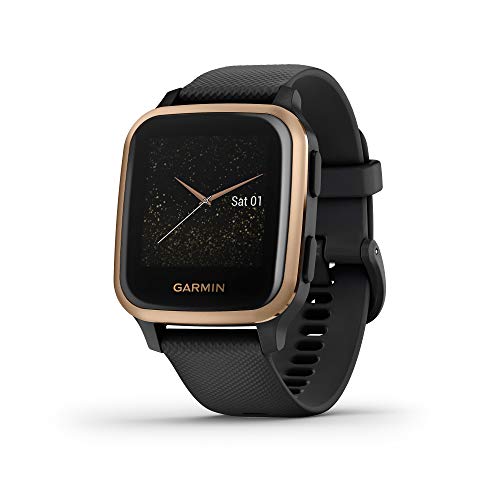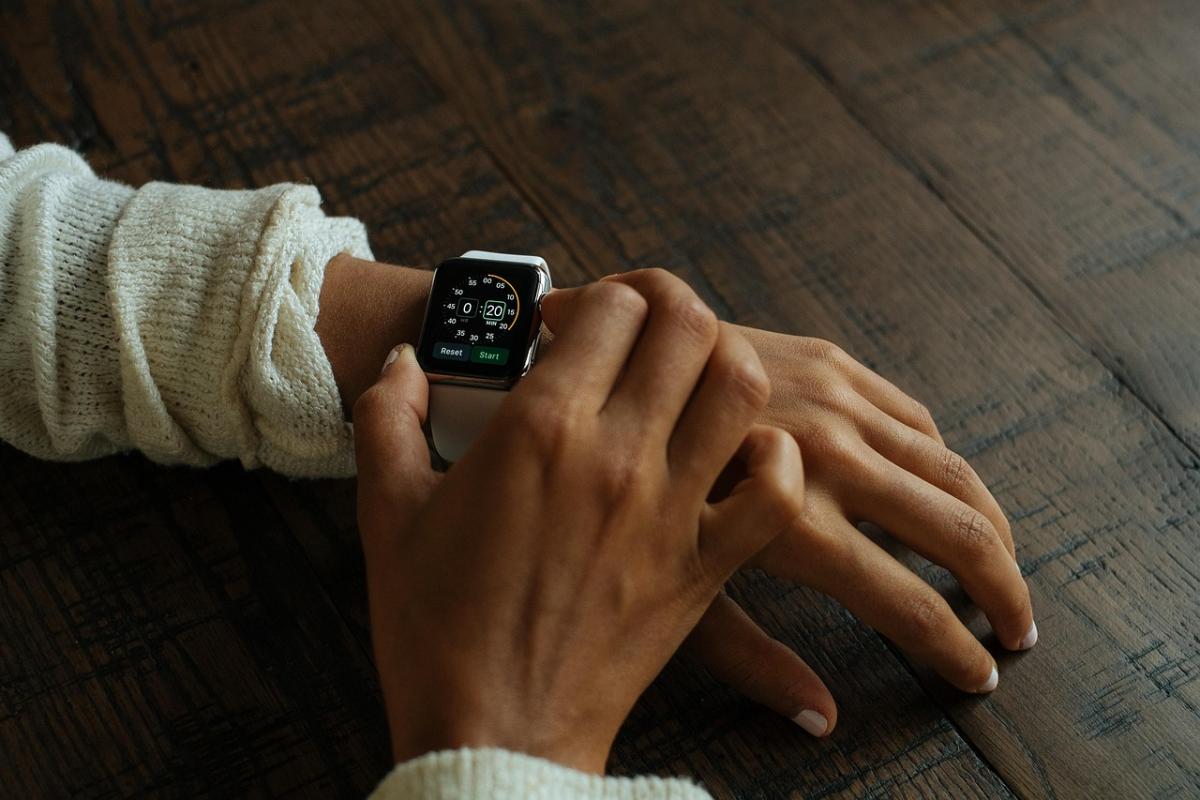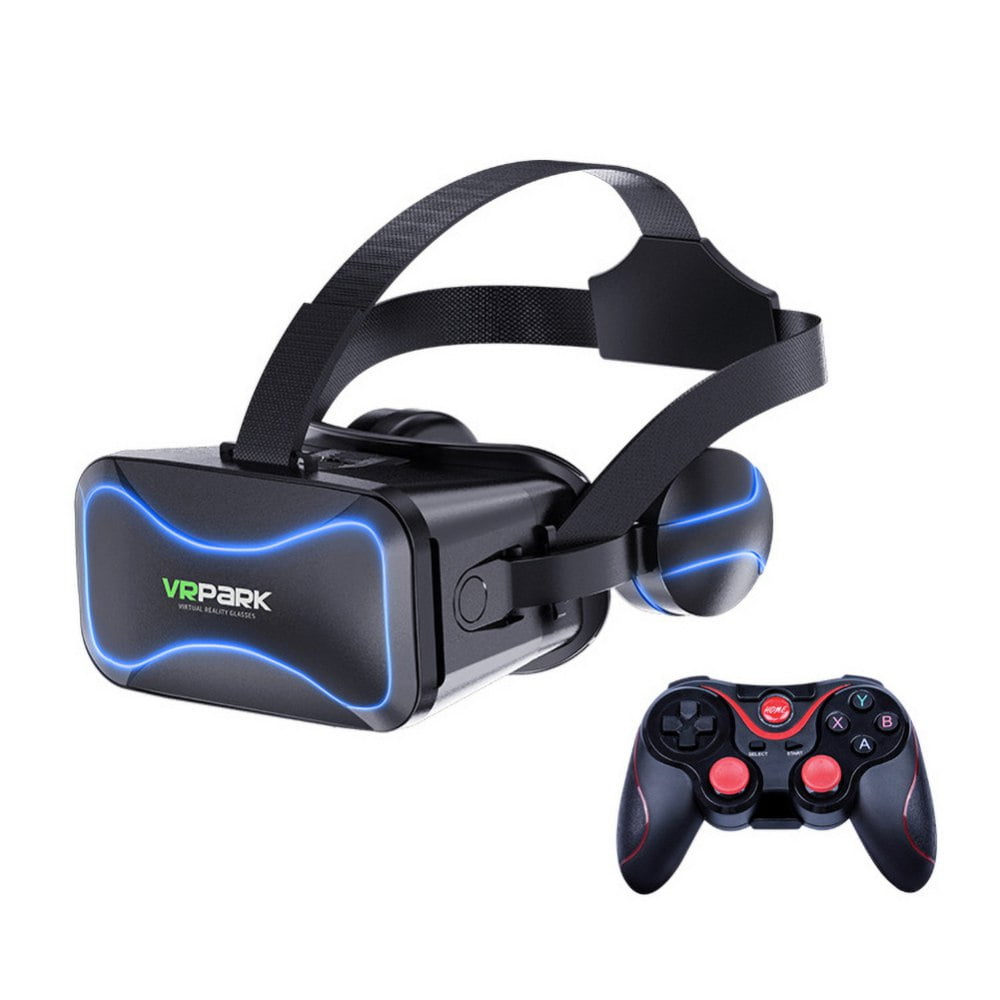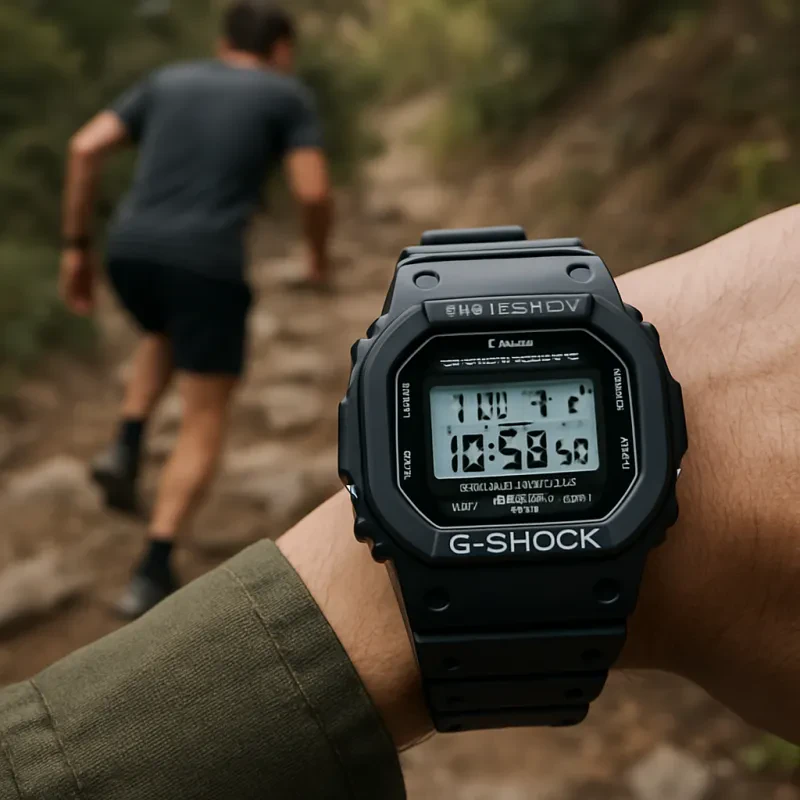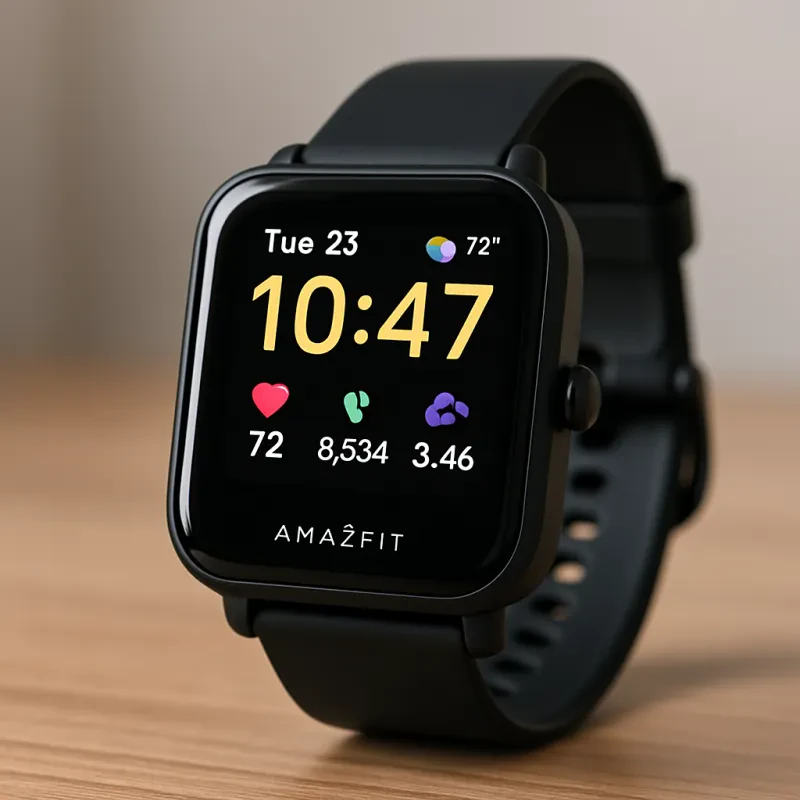Wearable technology, or wearables, is an emerging field involving electronic devices worn on the body. These devices often integrate sensors, software, and connectivity features to collect data, track activity, monitor health, or enhance user experiences. The evolution of wearable tech has been a significant part of the modern technological landscape, providing solutions that cater to various sectors, including healthcare, fitness, entertainment, and fashion. This article will explore multiple examples of wearable technology, how they work, and their impact on society.
1. Smartwatches
Smartwatches are perhaps the most popular and widely used category of wearable technology. These devices are designed to be worn on the wrist, and they not only tell the time but also perform a range of functions like monitoring health metrics, sending notifications, and running apps.
Examples:
- Apple Watch: One of the most well-known smartwatches, the Apple Watch offers features like heart rate monitoring, fitness tracking, ECG readings, fall detection, and the ability to send and receive messages or calls. With the introduction of the Apple Watch Ultra, the device has further enhanced features aimed at outdoor adventurers, such as better GPS, a more durable design, and improved water resistance.
- Samsung Galaxy Watch: The Samsung Galaxy Watch series, competing with the Apple Watch, offers similar features, including health monitoring, fitness tracking, notifications, and sleep tracking. The Galaxy Watch also integrates with Samsung’s ecosystem, providing users seamless interaction with their phones and other devices.
Impact:
Smartwatches have revolutionized personal health monitoring, enabling individuals to track vital signs and physical activity. They also improve convenience by reducing the need to check your phone constantly. Moreover, many smartwatches have become a staple in fitness communities, helping users set goals and monitor progress.
2. Fitness Trackers
Fitness trackers are another category of wearable technology focused on health and physical activity. These devices track steps, distance, calories burned, and heart rate. Some advanced models can also track sleep patterns and stress levels and even guide workouts.
Examples:
- Fitbit: One of the pioneers in fitness tracking, Fitbit offers a variety of products, from simple step counters to advanced devices that monitor heart rate and sleep stages and even provide on-screen workout instructions. The Fitbit Charge and Fitbit Sense are particularly popular.
Fitbit Versa 4 Smartwatch, Pink Sand/Copper Rose
Track Your Fitness and Stay Stylish with the Fitbit Versa 4 Smartwatch in Pink Sand and Copper Rose
Product information
$199.95 $132.95
Product Review Score
4.26 out of 5 stars
79 reviewsDescription
The Fitbit Versa 4 Smartwatch in Pink Sand/Copper Rose is an excellent wearable technology that would be perfect for anyone looking to track their fitness and health goals. With its sleek design and a variety of features, this smartwatch is a must-have for anyone who wants to stay on top of their wellness journey.
Product links
- Garmin Vivosmart: Garmin’s fitness trackers are known for accurately tracking outdoor activities like running, cycling, and swimming. Their Vivosmart series includes trackers that also measure blood oxygen levels and stress.
Impact:
Fitness trackers have empowered users to take charge of their health by providing real-time feedback on their physical activity. These devices have been particularly popular among fitness enthusiasts, but they also encourage a healthier lifestyle by helping users meet daily fitness goals and monitor long-term progress.
3. Health Monitoring Wearables
Health monitoring wearables collect detailed health data to improve the wearer’s well-being or assist in the early detection of medical conditions. These devices go beyond step counting and activity tracking, providing insights into more specific health metrics like blood pressure, glucose levels, ECG, and oxygen saturation.
Examples:
- Apple Watch Series 7 and 8: The Apple Watch has become integral to health monitoring, especially with features like ECG capabilities and blood oxygen level monitoring. In addition, the Apple Watch has been used for early detection of irregular heart rhythms and even has fall detection and emergency SOS features.
- Biobeat is a wearable device that continuously monitors blood pressure, heart rate, respiratory rate, and oxygen saturation. It is often used in healthcare settings to monitor patients’ vitals remotely.
- Dexcom G6: A continuous glucose monitor (CGM) that tracks glucose levels in real time, the Dexcom G6 is widely used by people with diabetes to better manage their blood sugar levels. The device sends glucose readings directly to a smartphone app.
Impact:
Health monitoring wearables are bridging the gap between patients and healthcare providers by enabling continuous, real-time monitoring of vital signs. This data can lead to earlier diagnosis, more personalized treatment plans, and reduced need for in-person visits. The potential for these wearables to improve overall health outcomes is vast, especially regarding chronic disease management and preventive care.
4. Smart Glasses
Smart glasses are wearable devices integrating augmented reality (AR) with optical lenses, providing hands-free access to information. These devices can display notifications, provide directions, or even capture photos and videos in real time.
Virtual Reality Gaming Glasses for iPhone and Android
Experience Gaming Like Never Before with Virtual Reality Glasses for iPhone and Android
Product information
$99.99 $73.59
Product Review Score
4.25 out of 5 stars
37 reviewsDescription
Experience immersive 3D theater with Virtual Reality Gaming Glasses for iPhone and Android. With advanced HD lenses and a comfortable design, these glasses provide eye protection and eliminate dizziness. Adjustable interpupillary and focus distance makes it suitable for use by both adults and children. Enjoy endless fun, whether at home or on the go, and make it the perfect gift choice for self and others.
Product links
Examples:
- Google Glass: Google’s attempt at creating a mass-market wearable with AR capabilities. While its initial launch did not meet consumer expectations, it found a niche in enterprise applications, where it’s used for hands-free data access, manufacturing, and healthcare.
- Microsoft HoloLens: This is a more advanced and sophisticated AR headset for professional and educational environments. It allows users to interact with 3D holograms and has been used in architecture, healthcare, and military training.
- Snap Spectacles: Snap Inc. developed Spectacles, a pair of smart glasses that allow users to take hands-free photos and videos, sync them with the Snapchat app, and even perform augmented reality functions.
Impact:
Smart glasses represent a blend of wearable tech and augmented reality, offering a new way to interact with the world. While they have yet to achieve mass consumer adoption, they significantly impact industrial and enterprise settings. As the technology matures, smart glasses may reshape how we access information and interact with our environment.
5. Wearable Cameras
Wearable cameras are small, portable devices attached to the body or clothing to capture hands-free photos or videos. These cameras are used for personal use, action sports, and even security purposes.
Examples:
- GoPro: One of the most popular wearable cameras, GoPro is famous for its durable, waterproof cameras designed for extreme sports and adventure activities. With various mounting options, users can wear these cameras on helmets, chest harnesses, and even drones.
- Snapchat Spectacles: As mentioned earlier, these glasses are equipped with cameras that allow users to capture videos and photos hands-free, which are then directly uploaded to Snapchat.
Impact:
Wearable cameras have transformed how we capture and share experiences. Whether documenting an adventure or creating content for social media, these devices have created new opportunities for storytelling and self-expression. They are particularly popular among athletes, adventurers, and content creators.
6. Smart Clothing
Smart clothing represents a more integrated approach to wearable technology. These garments contain embedded sensors or technology that can track various bodily functions, such as heart rate, body temperature, or muscle activity. Some garments are designed to enhance athletic performance or offer therapeutic benefits.
Examples:
- Athos: Athos creates smart athletic wear with sensors built into the fabric. These garments track muscle performance and fatigue levels, helping athletes optimize their workouts and prevent injury.
- Hexoskin: Hexoskin offers biometric shirts that monitor heart rate, breathing rate, and physical activity. These garments are commonly used by athletes, researchers, and medical professionals for health monitoring and performance optimization.
Impact:
Smart clothing is opening new doors for monitoring health and fitness in a more seamless and integrated manner. The future of smart clothing lies in its potential to offer continuous, unobtrusive health monitoring, revolutionizing personal care and athletic performance.
7. Sleep Trackers
Sleep trackers are wearable devices that monitor an individual’s sleep quality and patterns. These devices often track sleep stages (deep, light, REM), heart rate, and snoring.
Examples:
- Oura Ring: A stylish, ring-shaped wearable, the Oura Ring is designed to track sleep, activity, and readiness. It provides in-depth insights into sleep quality, helping users optimize their rest.
- Whoop Strap: Whoop is a fitness tracker designed to focus on recovery. It provides insights into sleep, strain, and recovery and is used by professional athletes and fitness enthusiasts alike to optimize their performance.
Impact:
Sleep trackers are helping users gain a deeper understanding of their sleep patterns, which can significantly impact overall health. By providing actionable insights, these wearables encourage better sleep hygiene and improved recovery, enhancing physical and mental well-being.
Conclusion
Wearable technology is rapidly evolving, with new devices emerging to cater to various health, fitness, communication, and entertainment needs. The possibilities are endless, from smartwatches that monitor our health to wearable cameras that allow us to capture moments. As technology advances, we can expect wearables to become even more integrated into our daily lives, offering personalized experiences and transforming how we interact with the world. Whether improving our fitness, enhancing our safety, or changing industries, wearable technology is here to stay, and its impact will only continue to grow.
